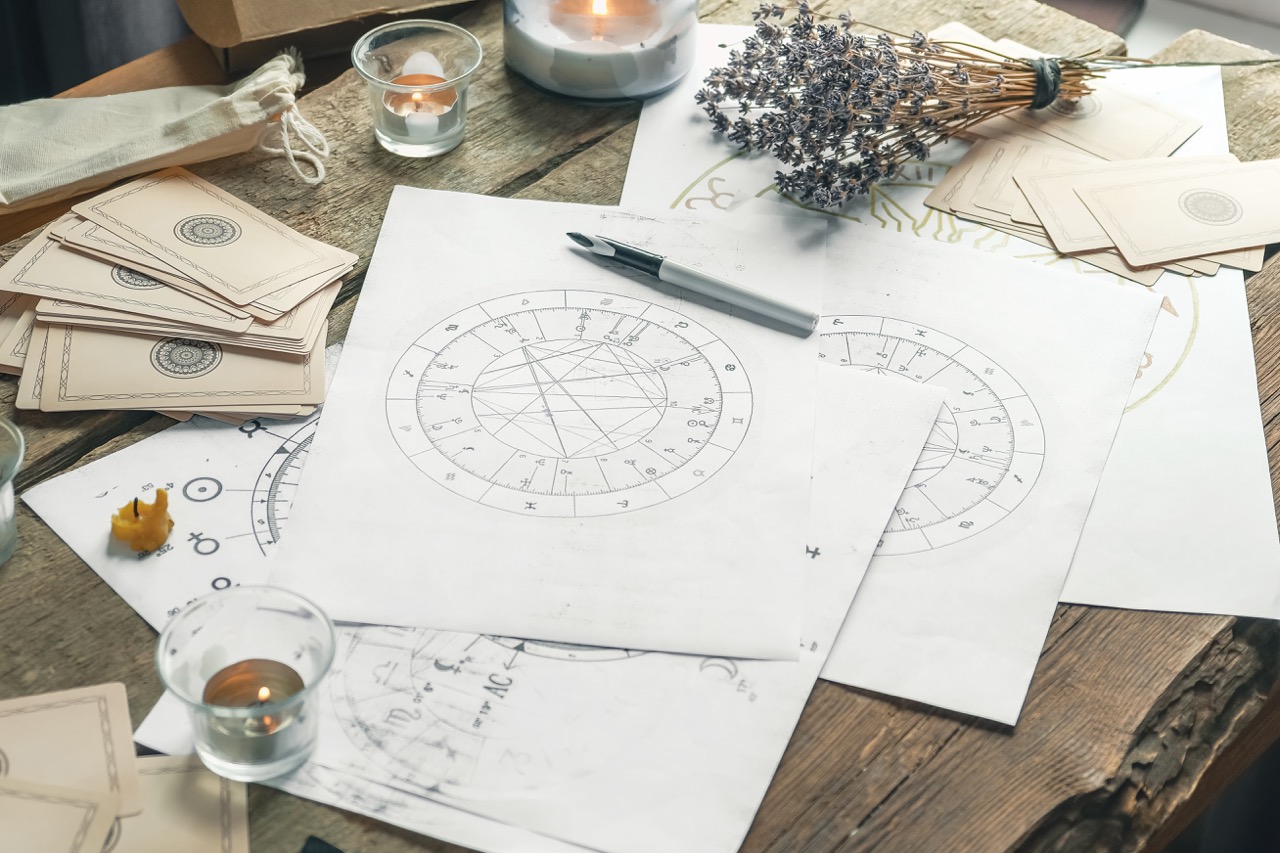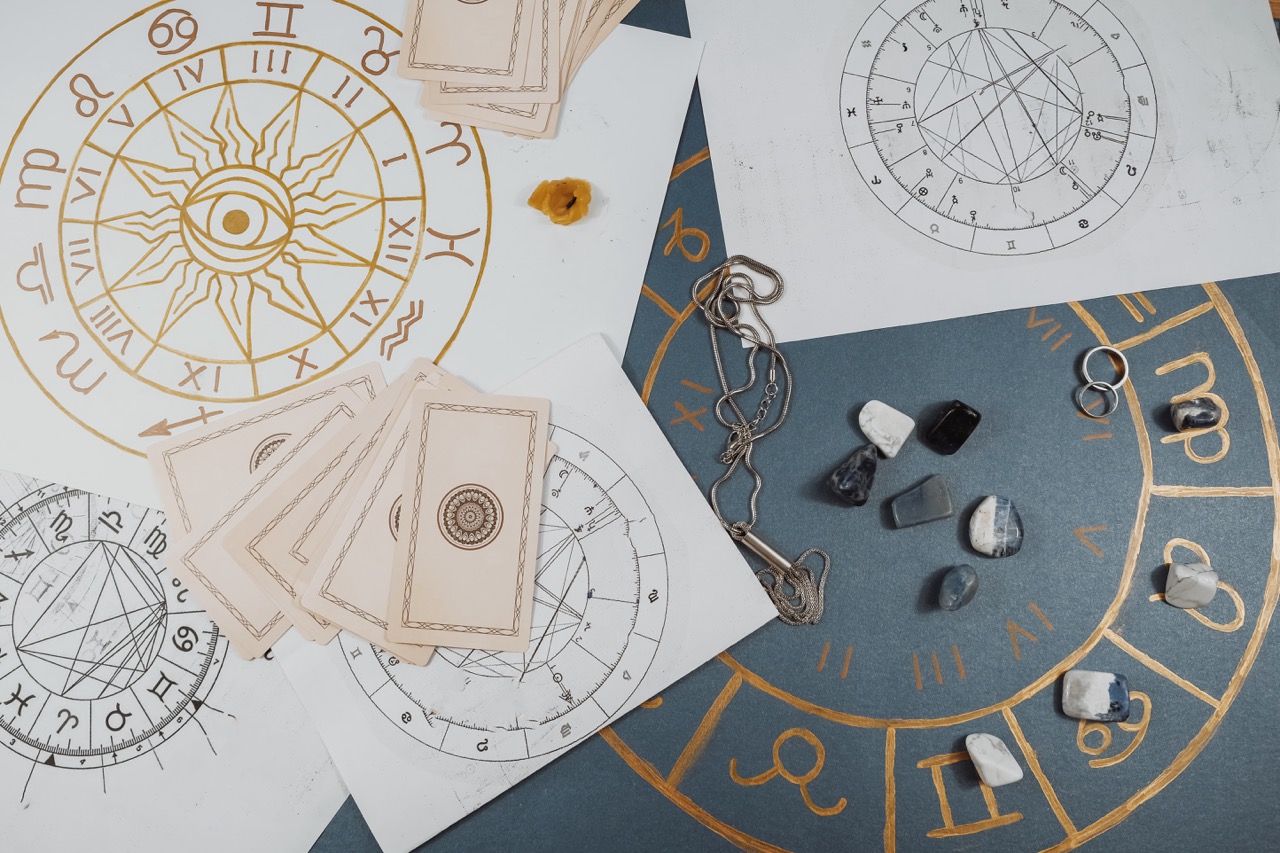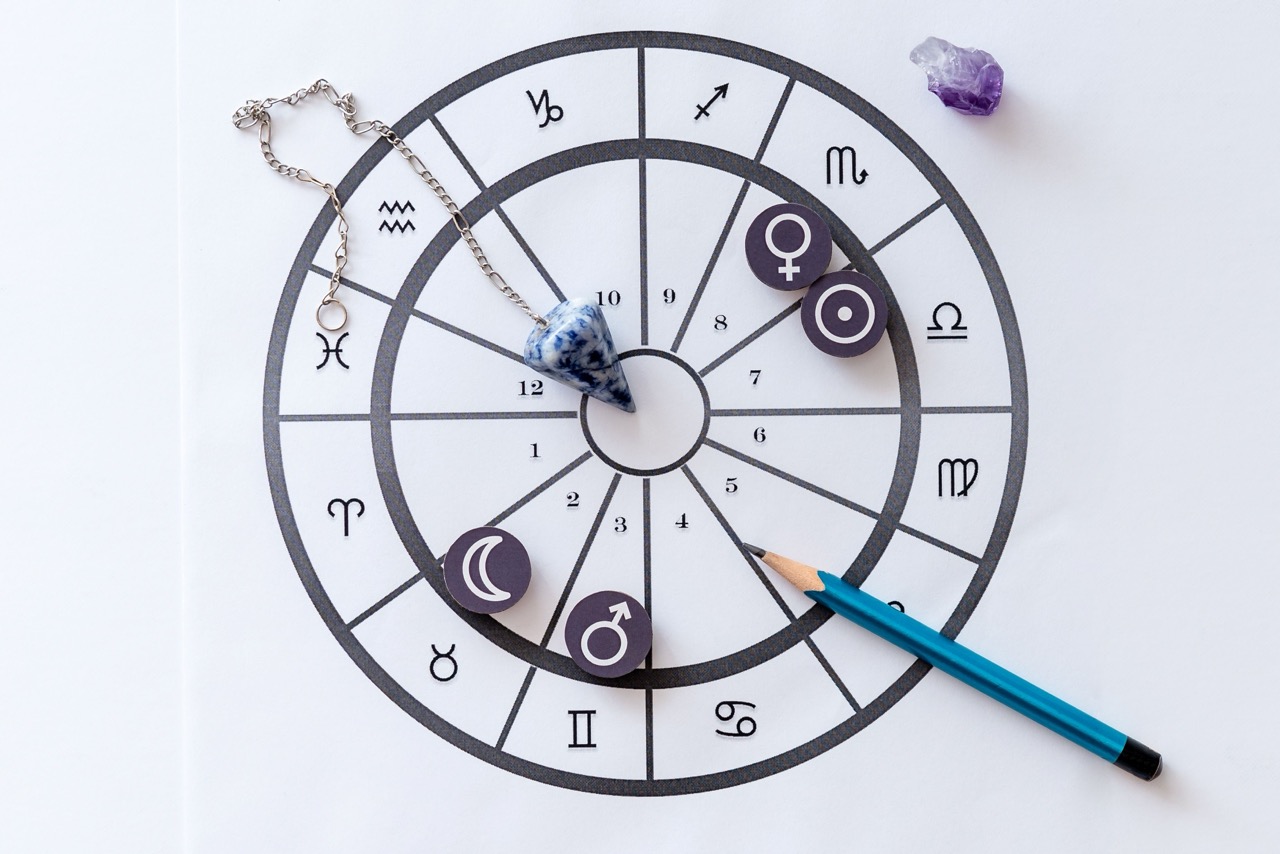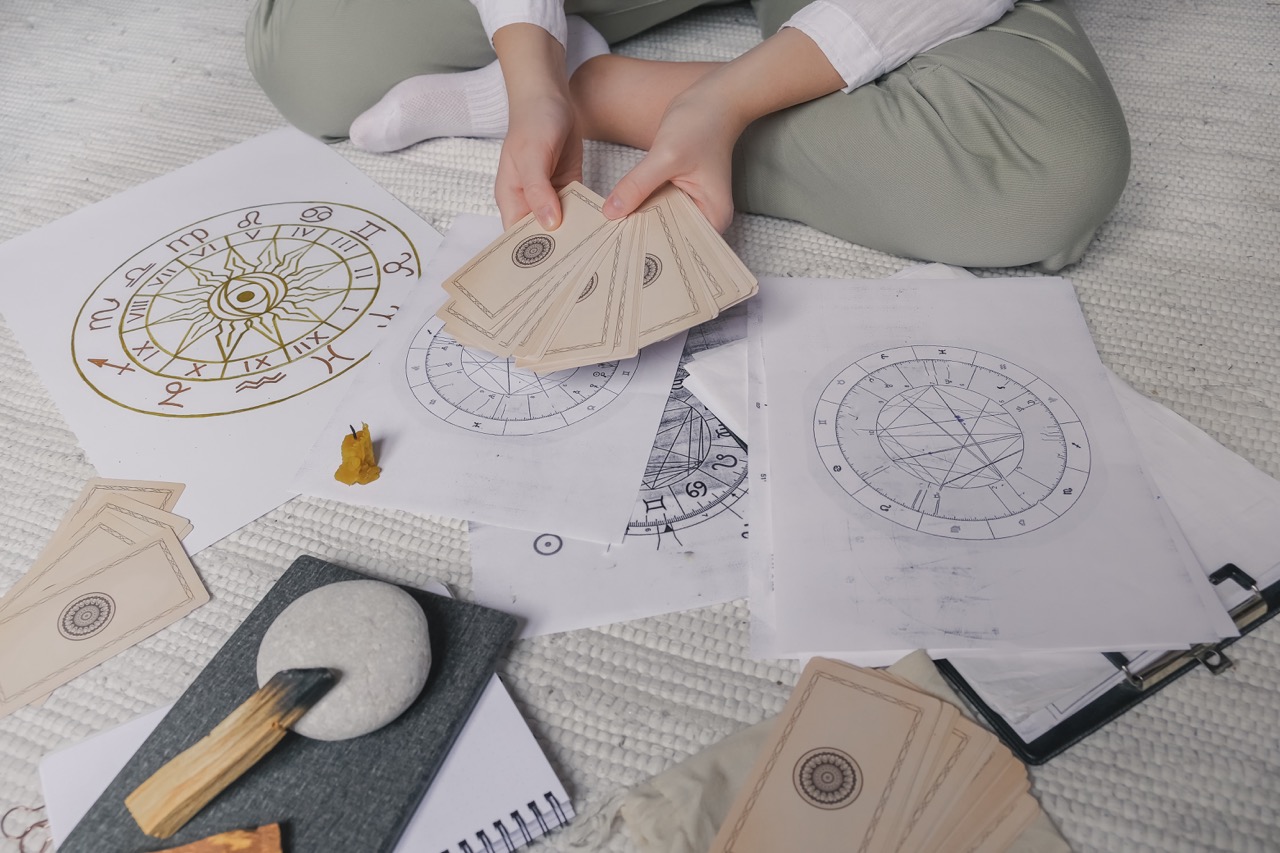In a universe filled with mysteries, the quest for love compatibility often leads us to the stars. For many, love is not merely a matter of chance but a cosmic dance that can be illuminated by the movements of celestial bodies. Synastry, the study of how two birth charts interact, offers profound insights into the dynamics of relationships. Whether you’re embarking on a new romance or seeking to understand the depths of a long-term partnership, reading a synastry chart can provide guidance on the emotional and spiritual connections between you and your partner. Join us as we explore how to read a synastry chart for love compatibility, unlocking the cosmic secrets of your relationship.
Unlocking the Cosmic Secrets of Love Compatibility
In the vast expanse of the cosmos, each of us is born under the influence of unique planetary alignments that shape our personalities, desires, and relationships. Love compatibility, when viewed through the lens of astrology, presents a tapestry woven with individual threads of birth charts. By examining the synastry between two people’s charts, one can glean insights into their emotional dynamics, strengths, and potential challenges.
Astrology teaches us that each planet represents different facets of our lives and behaviors. For instance, the Moon embodies our emotional responses, while Venus governs love and attraction. By deciphering how these celestial bodies interact in synastry, we can unlock the deeper layers of relationship compatibility, revealing the harmony or discord that exists between two souls. The stars may suggest that love is not just about the surface-level attraction but rather an intricate interplay of energies that can lead to growth or conflict.
Understanding love compatibility through synastry encourages us to embrace the complexity of our relationships and recognize that each connection is a unique journey. While astrology provides valuable insights, it is essential to approach it with an open heart and mind, allowing for personal growth and understanding along the way. As we delve into the intricate dance of the planets, we invite you to discover the cosmic secrets that may enhance your love life.
The Dance of the Planets: An Introduction to Synastry
Synastry can be likened to a cosmic dance, where two individuals’ planetary alignments create a beautiful choreography or a chaotic clash. This ancient practice looks at the aspects formed between the planets of two birth charts, revealing how they influence one another. In this dance, the planets act as partners, guiding their movements either in synchrony or discord. Each interaction tells a story about the relationship—whether it be harmonious, challenging, or transformative.
At the heart of synastry are the planetary aspects, which are the angles formed between planets in two different charts. These aspects can be harmonious, such as trines and sextiles, fostering connection and mutual understanding. Alternatively, they can be challenging, like squares and oppositions, bringing friction and tension. Understanding these aspects is crucial for interpreting the synastry chart. They serve as energetic currents that can either flow freely or create obstacles in the relationship.
As you begin your journey into the world of synastry, it’s important to remember that this astrological tool is not about predicting a perfect relationship but rather providing insights into the potential dynamics at play. The dance of the planets is a reflection of the ebb and flow of love, encouraging individuals to navigate their relationship’s rhythm with awareness and intention. With this understanding, we can better appreciate how the cosmic influences shape our connections.
Interpreting Your Birth Charts: A Relationship Blueprint
To read a synastry chart effectively, one must first understand their own birth chart and that of their partner. A birth chart, also known as a natal chart, is a map of the sky at the exact moment of one’s birth, detailing the positions of the planets and their aspects. By examining both charts side by side, you can identify how their energies interact, creating a unique blueprint of the relationship’s potential.
Start by locating key elements in each chart, such as the Sun, Moon, and Venus signs. The Sun represents your core identity; the Moon symbolizes your emotional world, while Venus relates to love and attraction. Observing how these planets align in relation to one another can reveal significant insights into compatibility. For example, if one person’s Venus aligns harmoniously with the other’s Moon, this often indicates a strong emotional connection and deep affection.
Additionally, consider the houses in which significant planets fall. Each house represents a different area of life, from romance to communication. The placement of your partner’s planets in your houses—and vice versa—can indicate where you influence and support each other. By piecing together these astrological fragments, you create a comprehensive picture of your relationship, highlighting areas of compatibility and growth.
Key Aspects to Watch: Love Indicators in the Stars
When interpreting a synastry chart, certain aspects are particularly indicative of love compatibility. One of the most significant is the conjunction, where two planets sit at the same degree. This aspect fosters a powerful connection, amplifying the energies of both planets involved. For instance, if one person’s Venus is in conjunction with their partner’s Mars, this often signifies a passionate attraction and a strong desire for intimacy.
Another important aspect to consider is the trine, which occurs when planets are 120 degrees apart. Trines are considered harmonious, suggesting that the energies of the planets flow easily and supportively. For example, if one partner’s Moon forms a trine with the other’s Venus, it indicates emotional understanding and a nurturing bond, making for a loving and supportive relationship.
On the other hand, challenging aspects such as squares (90 degrees apart) and oppositions (180 degrees apart) can also be critical in understanding love dynamics. While these aspects may introduce tension, they also provide opportunities for growth and development. A square between one partner’s Sun and the other’s Moon might signify differences in core values or emotional needs, yet it can also encourage both individuals to learn more about themselves and their partner through conflict resolution.
Navigating Challenges: Understanding Key Conflicts
In any relationship, challenges are inevitable, and understanding these conflicts through the lens of a synastry chart can be illuminating. When examining difficult aspects, it’s essential to approach them with a mindset of curiosity rather than fear. Take, for example, a square between one partner’s Saturn and the other’s Sun. This could indicate a struggle with authority, responsibility, or personal expression. Recognizing this dynamic allows couples to acknowledge their differences and work together to find a balance.
Identifying the areas where conflicts may arise can empower both partners to navigate their relationship more effectively. If one person’s Mars squares the other’s Venus, it may lead to misunderstandings regarding desires and affection. In such cases, open communication becomes vital, allowing both individuals to express their feelings and needs without judgment. This proactive approach can mitigate potential conflicts, transforming them into opportunities for deeper understanding and connection.
Furthermore, it’s vital to remember that challenges can lead to growth. Each conflict presents a chance to learn about oneself and the partner. By embracing the lessons that come with difficult aspects, couples can strengthen their bond and foster resilience. With awareness and a willingness to adapt, partners can turn celestial challenges into stepping stones toward a more profound love.
Harmonizing Energies: Enhancing Love Through Astrology
After navigating the complexities and challenges of a relationship, the next step is to harmonize the energies represented in the synastry chart. Astrology offers various tools to enhance love and connection. For instance, individuals can assess the compatible elements of their charts—earth, air, fire, and water. A relationship with a harmonious balance of these elements often leads to greater understanding and support, while an imbalance may require conscious effort to bridge the gaps.
One effective way to foster harmony is by focusing on shared values and goals that align with the planetary influences present in your charts. If both partners have strong placements in the element of fire, such as Aries or Leo, they can channel their mutual enthusiasm into shared projects or adventures, igniting their passion for one another. Likewise, if water placements dominate, nurturing activities such as deep conversations and emotional support can foster intimacy and connection.
Additionally, practicing mindfulness and self-awareness can significantly impact the relationship’s health. Couples can create a shared ritual that honors their astrological influences, whether through meditation, shared hobbies, or even learning more about astrology together. By consciously engaging with the energies indicated in their synastry chart, partners can enhance their love, creating a dynamic and fulfilling connection that resonates on both a cosmic and emotional level.
In the end, reading a synastry chart for love compatibility is not just about uncovering the cosmic forces that influence relationships; it’s about embracing the journey of love itself. Each aspect, each challenge, and each harmonious connection reveals a part of the story that two individuals are writing together. As you explore the celestial influences on your relationship, remember that astrology is a tool for understanding—not a definitive guide. By blending the wisdom of the stars with open communication and mutual respect, you can create a love that transcends the ordinary, grounded in understanding and enriched by the cosmos. Embrace the dance of the planets, and let your love story unfold among the stars.




